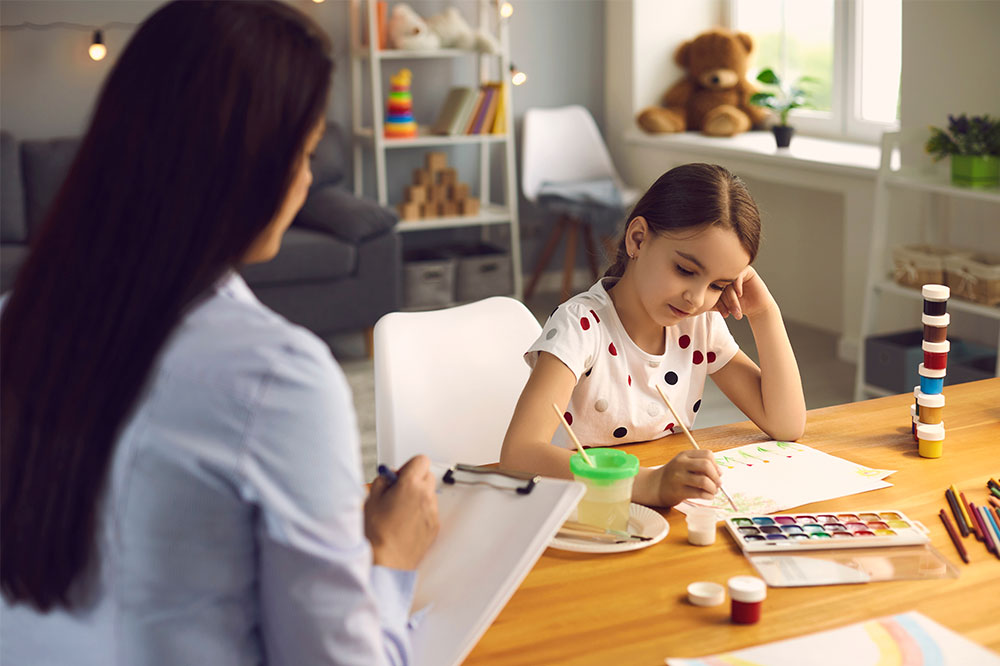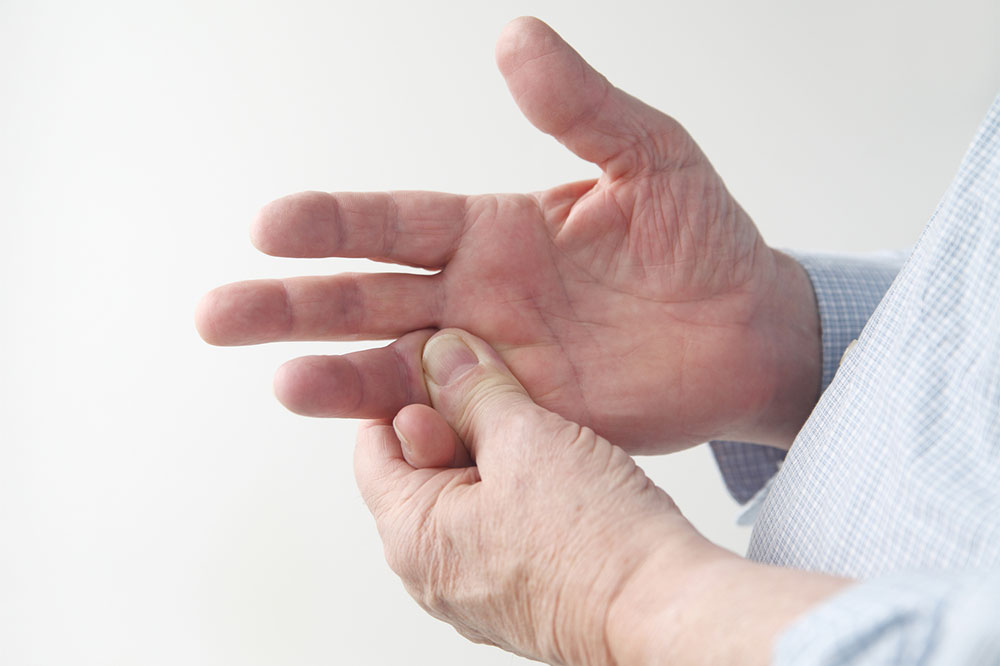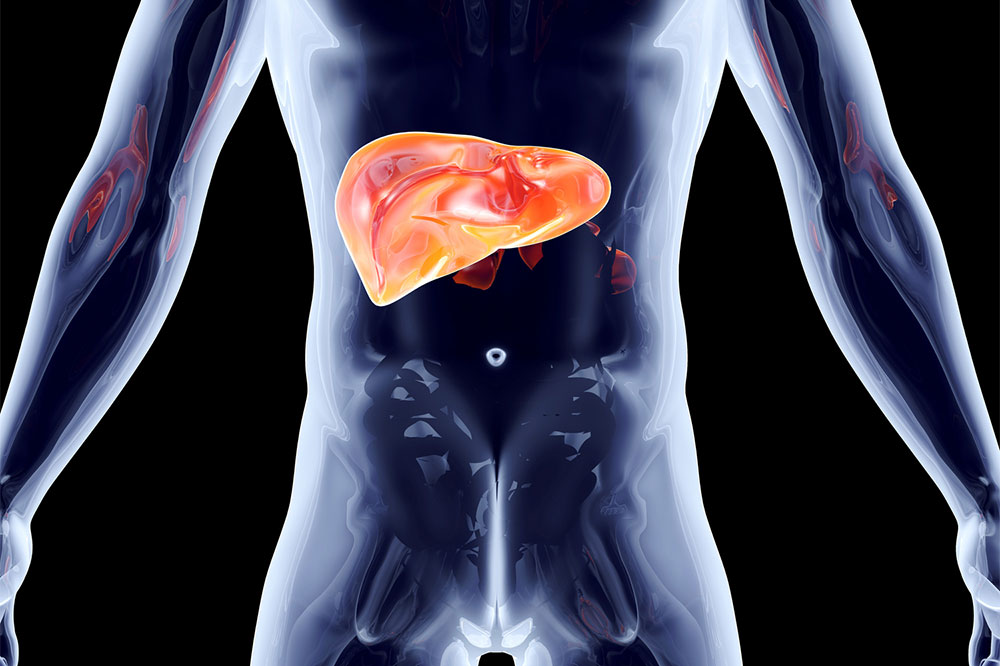5 uncommon ADHD symptoms seen in children

ADHD, also called attention deficit hyperactivity disorder, is one of the most common neurodevelopment disorders in children. Most ADHD cases are diagnosed between the ages of three and seven. Albeit rare, the condition may also be diagnosed in adulthood. Its symptoms usually improve with age, but individuals may continue to face sleep and anxiety issues for a prolonged period. Read on to learn some of the uncommon symptoms of ADHD that are seen in children.
5 lesser-known ADHD symptoms observed in children
Hyper-focus
Individuals with ADHD, irrespective of age, are believed to have trouble focusing on tasks. But, what many do not know is that ADHD patients tend to hyper-focus. This means that they can focus only on a single task for periods of time. In such states of razor focus and concentration, it can be hard for the child to move from one task to the other. They may also lose track of time and forget about other important tasks.
Mood swings
Mood swings are commonly seen in children and adolescents. Massive and disruptive changes in mood (mania and depression) are often associated with bipolar disorder, but mood changes in ADHD are different. Essentially, ADHD patients have a trigger that causes a shift in moods, such as a reaction to their work or interests, whereas, for bipolar disorder, a mood shift occurs without a trigger.
Hyperactivity
Hyperactivity is another sign in children who have ADHD. The child may run around, leave their seat, or talk or fidget excessively. This symptom can also manifest in more minor ways, such as bouncing a leg constantly. It is vital to note the small mannerisms a child may display and seek professional help.
Impulsivity
ADHD occurs on a spectrum. Not all individuals will showcase all symptoms. Some may show symptoms of inattentiveness, while others may be anxiety-prone. Some children may also showcase increased impulsivity, which might manifest as moodiness, recklessness, or impatience with situations. The child in question may find it difficult to wait for their turn or even interrupt activities.
Difficulty paying attention
Children with ADHD might also have difficulty paying attention in class or outside. Inattentive ADHD can manifest in a number of different ways. The individual may be unable to keep track of certain things, regularly forget tasks, find it challenging to follow directions, or make mistakes often.
Note that many of these symptoms often go unnoticed in children. This is because they get dismissed as restlessness or a part of childhood. Children often get bored quickly or behave willfully and refuse to pay attention; this does not mean that they have ADHD. However, if you do notice common and uncommon signs of the condition over time, it is important to reach out to child care professionals for proper guidance.
Treatments for ADHD in children
If a child is diagnosed with ADHD, the doctor may prescribe certain treatments such as:
Concerta®
This is one of the treatments for ADHD in children. It is an extended-release solution and may be a part of a bigger treatment program consisting of therapy and counseling. It should not be taken by children under the age of six.
Dyanavel® XR
Dyanavel ® XR is also a central nervous system stimulant that is used to treat ADHD. It is an extended-release liquid stimulant to be taken orally once a day.






